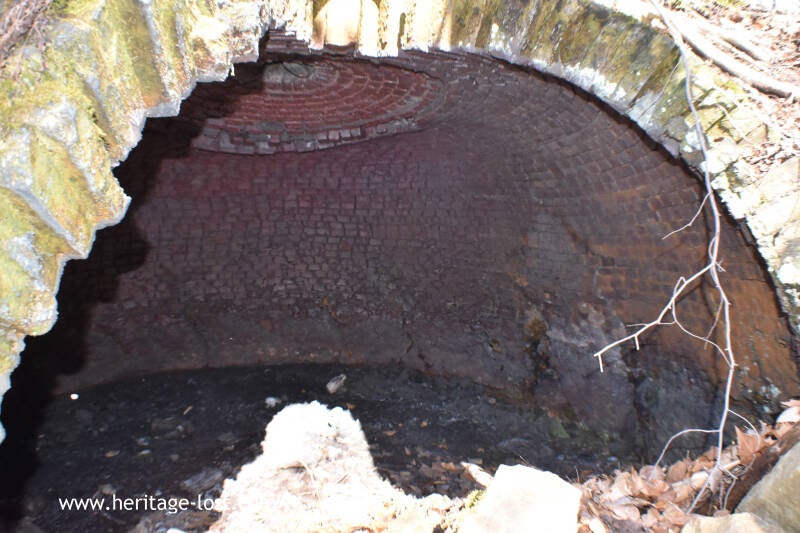Caperton

Caperton was established sometime in the late 1880s. A joint venture by three major industrialist, Joseph Beury, John Cooper and George H. Caperton.
The community itself was not originally called "Caperton", it was first settled as "Elm", a small mining town established for a mine located in the Fire Creek seam of coal. The new name was in honor of George Caperton due to his ability to manage the site and accompanying mine.
By 1889, Caperton had expanded to include not only the mine on the north side of the river, but another mine was opened across on the south side of the river, South Caperton, around 1910. Coal was transported across to the #1 tipple and over 200 coke ovens by means of an aerial tramway cable. Another such tramway was used up stream at the Royal Coal mine across the river from Prince.
In the height of Caperton's production, the community boasted of over 500 residents. Homes and shanties dotted the hillside up and down the river to accommodate the work force needed to operate the tipple, or processing facility. A long, 500 foot walk bridge was constructed across the river to gain access to the South Caperton mine and community.
As with the majority of the coal mines in the New River Gorge, Caperton mined the Sewell seam of coal which lied above the river banks around 1000 feet. The solution to transport the coal from the mine site down to the tipple was, in itself, an engineering feat.
Unlike the mine at Nuttalburg, a little over a mile downstream from Caperton, which used and extremely long, "button and rope" conveyor system, Caperton was different. Long rope cables were used that pulled monitor cars up and down the steep hillside to transport the coal. Monitor cars were 10 feet long, by 4 foot wide round iron cylinders set on wheels, mounted on small railroad tracks, that the cars would traverse up and down the hillside. Monitor cars were widely used in along the New River. Another mine in the area that used such equipment was the Fayette Mine, upstream from the Fayette Station Road.
In total, Caperton operated three coal mines in the area and some sources believe, because of the amount of coke ovens in operation, the company may have processed coal from other mines in the area.
The beehive style coke ovens, which were typical in the New River used to turn the coal into coke and sent north to steel mills, operated twenty four hours a day. Never stopping. Continuously burning. When an oven was shut down, it was usually to fill it with coal, empty the coke from it or perform maintenance.
Only one particular mine site, located up stream from Caperton at the Red Ash mine on the south side of the river, used a more Belgian or "breadbox" shape coke oven. The only site in the New River Gorge to use such designs.


Interior shot of the inside of a traditional, "Beehive coke oven" source author Exterior shot of the less commonly used "Belgian Coke Oven" source author
The two systems used to transport coal from the Caperton mine and the South Caperton mine consisted in using steel rope cables. It has been estimated that the monitor system that transported the coal from the Caperton mine to the tipple below, required nearly four thousand feet of cable. The aerial tramway running across the river to the South Caperton mine required an incredible nineteen thousand feet. The coal was then processed and used in making coke or sold as raw material as customers needs dictated.





















